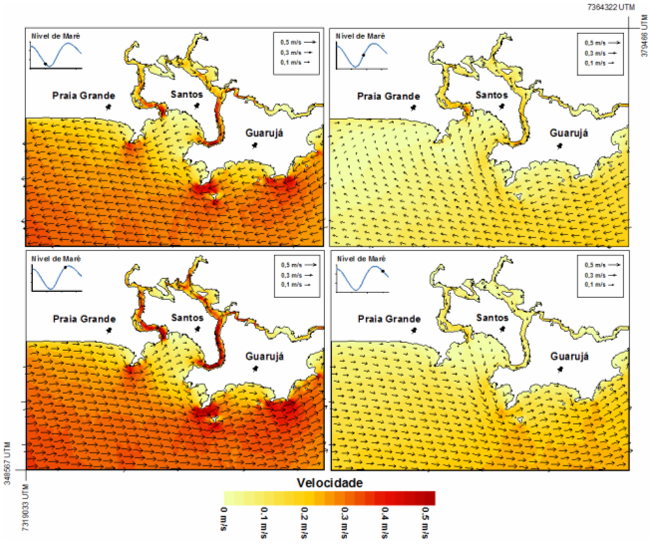Effect of land use and occupation in water quality in the micro-basin of Banguelo Creek – Contagem
Keywords:
Water quality, land use and occupation, water quality index
Abstract
The Banguelo creek micro-basin, in the sub-basin Bom Jesus contributes for the formation of Pampulha reservoir, along with other contributors. The pollution in this reservoir is considered one of the major environmental problems of the city of Belo Horizonte. This paper evaluated the effect of land use and occupation in Banguelo Creek on its water quality, considering the seasonal cycle in several points of the micro-basin. The analyzed parameters for monitoring the water quality were: pH, turbidity, dissolved oxygen, phosphate, nitrate, total nitrogen, temperature, BOD5, COD and thermotolerant coliforms. The results were analyzed based on a floristic survey and on land occupation conditions in the micro-basin. Water quality index (WQINSF) was calculated and the points with the highest degree of pollution were identified. Analysis of WQI indicated that the water quality fell in the classes “average” and “bad” during dry season, with improvement for “good” and “average” in the rainy season. The deterioration of water quality was attributed to the discharge of industrial effluent and sewage that caused low levels of dissolved oxygen, high concentration of organic matter and nutrients. In areas with vegetation, a decrease in the concentrations of pollutants (mainly nitrate and phosphate) was observed, indicating the importance of maintaining riparian vegetation to improve the water quality in the region. The decrease in the pollution level of this creek could improve the water quality in the region, contributing to the eutrophication reduction of Pampulha reservoir.
Published
26/12/2012
Issue
Section
Papers
Authors maintain the copyrights for their work. However, they grant rights of first publication to Ambiente e Agua - An Interdisciplinary Journal of Applied Science. In compensation, the journal can transfer the copyrights, allowing non-commercial use of the article including the right of sending the article to other data bases or publication media. The journal uses the CC BY 4.0 license"






